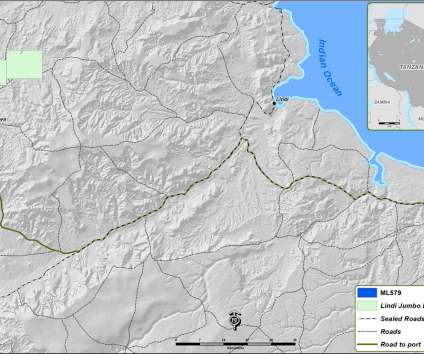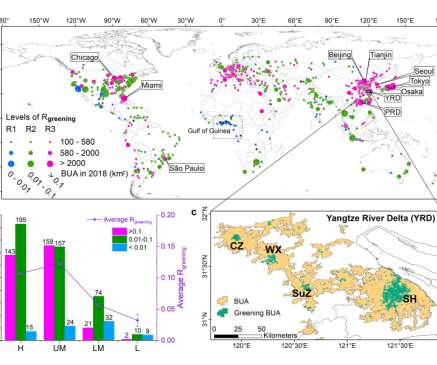Walkabout Resources’ Tanzanian graphite project moves to construction phase
Green Car Congress
AUGUST 30, 2021
Australia-based Walkabout Resources, an Africa-focused energy minerals developer, announced that its Tanzania Lindi Jumbo flake graphite project had progressed into the construction phase, with the CRDB-approved Independent Project Manager completing site visits and bulk earthmoving contractor TNR commencing mobilization.












Let's personalize your content